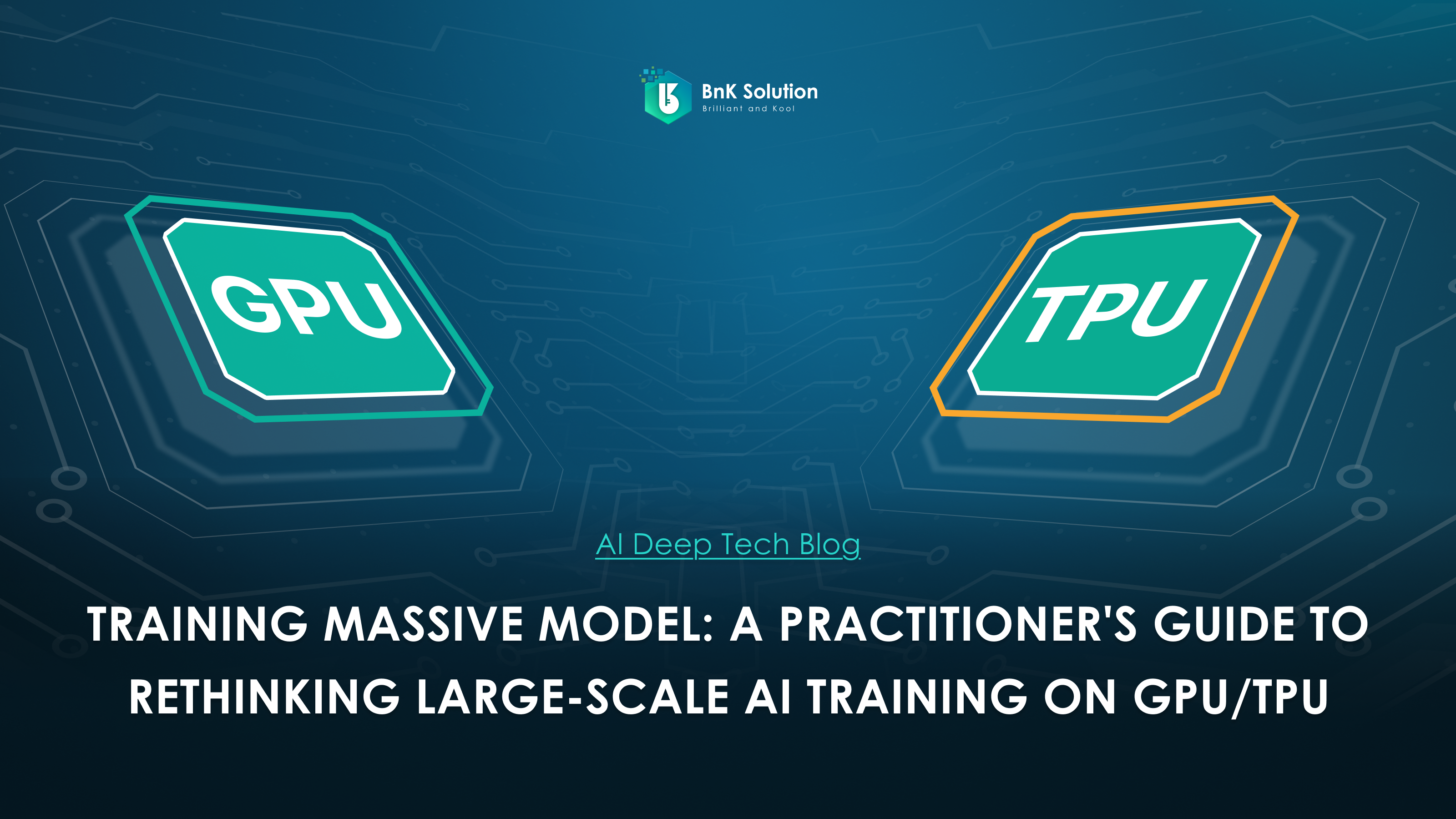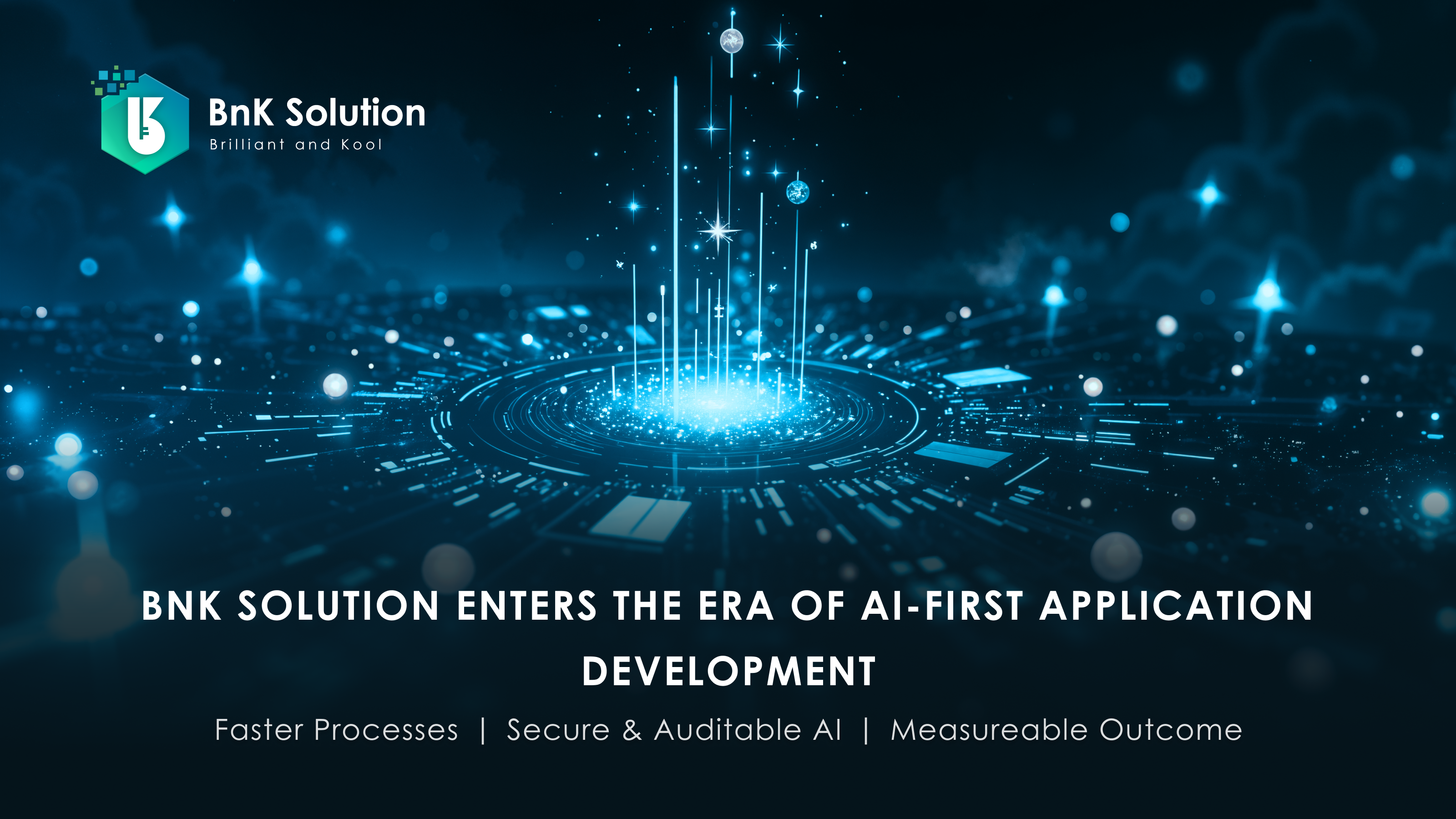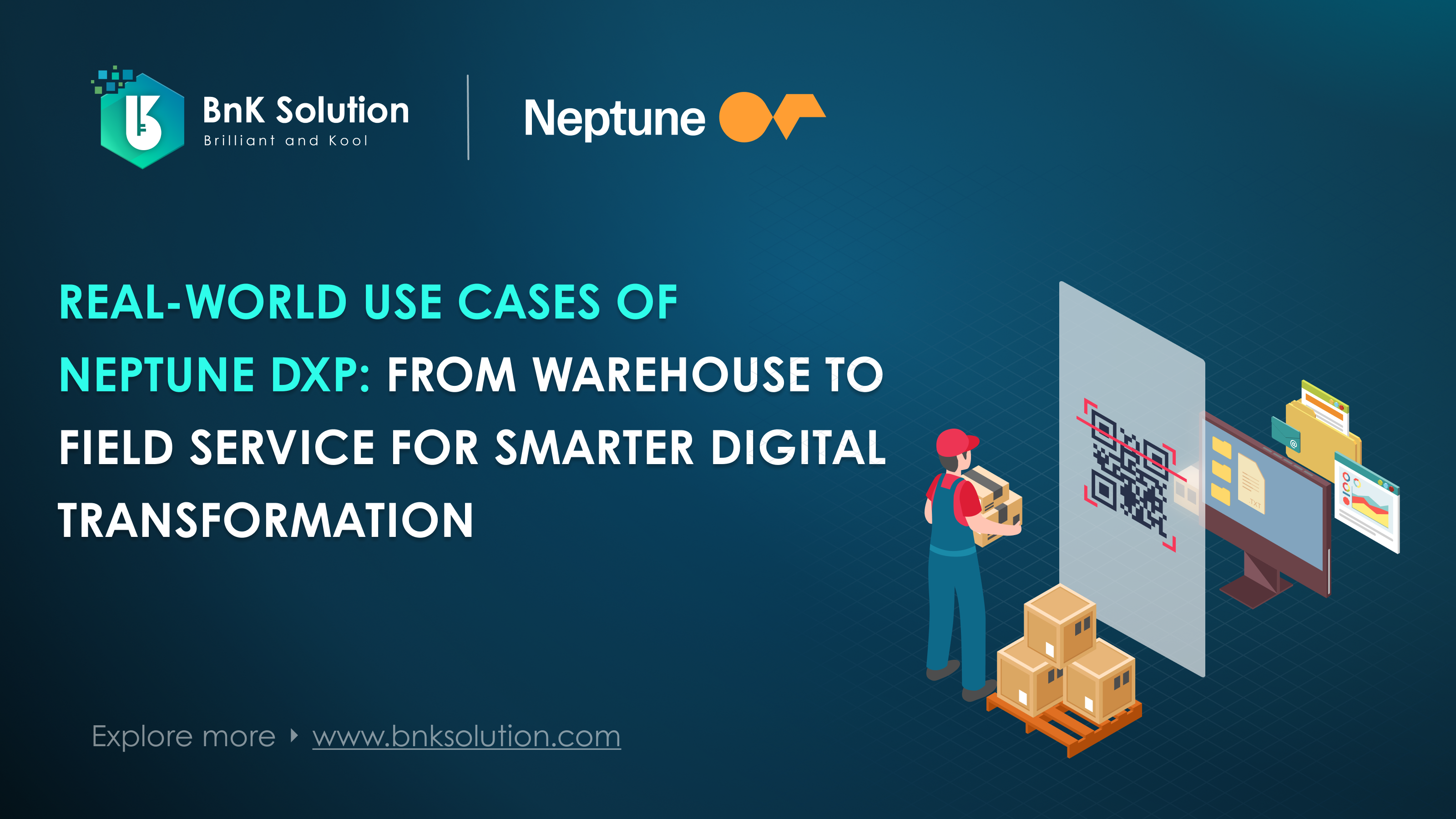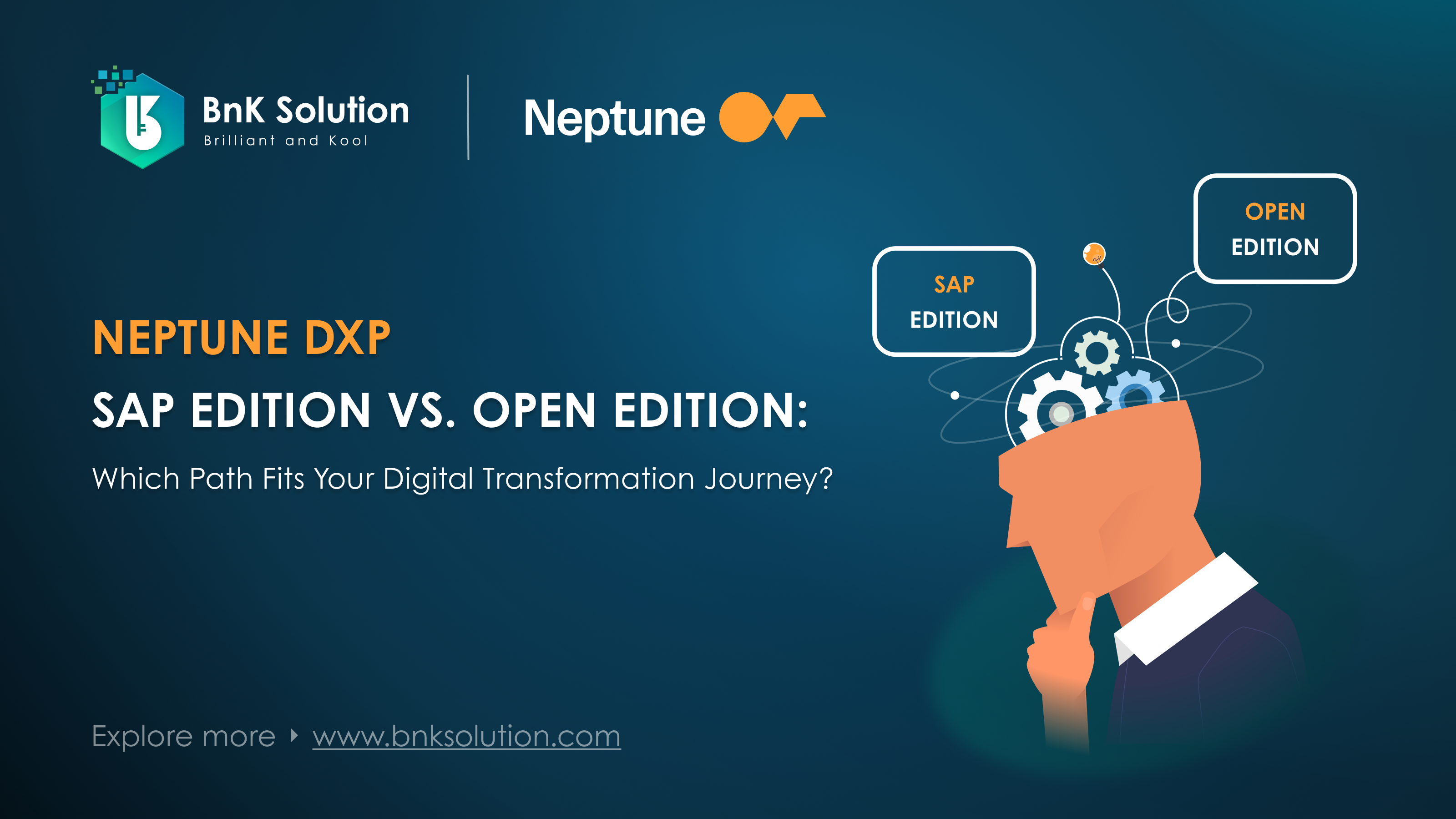In the high-stakes worlds of finance, banking, and telecommunications, the race to deploy sophisticated AI models is relentless. The competitive edge often comes down to how quickly and cost-effectively a new model can be trained and deployed. At BnK Solution, our work involves training massive, domain-specific models for everything from Large Language Model (LLMs) for bank to tailored Vision Language Model for insurance. This experience has given us a crucial insight: the conventional playbook for scaling AI is being rewritten, not by a new software paradigm, but by the brute-force evolution of the hardware that underpins it.
The traditional path to training giant models has led us down a rabbit hole of ever-increasing complexity. However, a fundamental shift in hardware interconnect capabilities is allowing us to emerge from that complexity, paving a path back to a more elegant and efficient simplicity. This isn't just a theoretical curiosity; it's a practical advantage that is changing how we approach AI at scale.
The Conventional Path to Scale: A Deeper Look at Parallelism
To understand the current shift, we must first appreciate the path that brought us here. Distributing the training of a multi-billion parameter model is a complex orchestration across three fundamental techniques.
Data Parallelism (DP): This is the workhorse of distributed training. You replicate the entire model on each worker (e.g., a GPU), and each worker processes a different shard of the data. After the local gradients are computed via backpropagation, a collective communication operation—typically All-Reduce—averages these gradients across all workers. The updated weights are then distributed back, ensuring all model replicas remain synchronized. While conceptually simple, DP's scalability is critically sensitive to the cost of this DP comms step. On clusters with high-latency networking, the All-Reduce operation can become a major bottleneck, as the entire system must wait for the slowest worker to complete its communication.
Tensor Parallelism (TP): When even a single layer of a model is too large for one device's memory, TP becomes necessary. It splits the massive weight matrices within layers across several devices, typically within a single, tightly-coupled node connected by an ultra-high-speed interconnect like NVIDIA's NVLink. During the forward and backward passes, these devices must exchange intermediate results (activations and gradients) at extremely low latency. TP is a powerful tool for "scaling up" a single logical compute unit but does not scale effectively across the broader, slower network between nodes.
Pipeline Parallelism (PP): This was the breakthrough that enabled trillion-parameter models. The model is vertically sliced into sequential stages (e.g., layers 1-8 on Stage 1, layers 9-16 on Stage 2, etc.). A batch of data is broken into smaller "micro-batches," which are fed into the first stage. As soon as Stage 1 finishes processing a micro-batch, it passes the output activations to Stage 2 and immediately starts on the next micro-batch. This creates a computational "pipeline," theoretically keeping all stages busy. PP was the only viable solution for models that were too large for even a TP-scaled node, so the community invested heavily in complex schedulers to make it work.
The Hidden Costs: Where Pipelining Shows Its Cracks
While PP unlocked a new scale of AI, our hands-on experience has shown that it comes with a steep tax in both efficiency and complexity, a tax that is often underestimated.
The most obvious cost is the "pipeline bubble." Just like a physical assembly line, the pipeline needs time to fill up at the beginning and drain at the end, during which many of the expensive accelerator chips are completely idle. This directly degrades Model FLOPs Utilization (MFU), our key metric for training efficiency. An MFU of 45% on a large pipelined model is often considered acceptable, which means we are effectively wasting more than half of our compute budget.
The problems deepen with more sophisticated model architectures. In our work on financial models, stabilizing the training of extremely deep networks requires auxiliary losses. These are extra loss functions attached to intermediate layers that provide additional gradient signals during backpropagation, preventing the dreaded vanishing gradient problem. In a pipelined setup, this is a nightmare. To compute an auxiliary loss, the pipeline must be fully flushed up to that point - a synchronization pattern often called "all f all b" (all forward, all backward). This forces all in-flight micro-batches to complete their forward pass before the loss can be calculated and the backward pass can begin. This not only re-creates the bubble mid-training but also causes a massive spike in peak memory usage, as activations from every single micro-batch must be stored until the backward pass is triggered.
Furthermore, there is the challenge of load balancing. Naively splitting layers can result in one stage having significantly more work than others. This "long pole" in the pipeline dictates the overall pace, leaving other stages idle. Advanced techniques like PPVP (Pipeline Parallelism with Variable Partitioning) attempt to solve this by intricately analyzing the computational graph, but this adds yet another layer of complexity. Debugging a model that uses a combination of DP, TP, and PPVP is notoriously difficult, slowing down research and development - a critical bottleneck in fast-moving industries like telecom and finance.
The Paradigm Shift: When Bandwidth Becomes the Solution
The core justification for accepting all the complexity of PP was the assumption that the All-Reduce operation in DP was too slow and would not scale. That assumption is now obsolete.
Modern infrastructures, whether Google's TPU pods or enterprise systems built on NVIDIA's NVL72 platforms, feature phenomenal interconnect bandwidth. These are not just incremental improvements; they are order-of-magnitude leaps that fundamentally change the cost-benefit analysis of parallelism.
The best analogy is logistics. If shipping a container across the country takes a month, you'd build complex warehouses and batching systems (Pipeline Parallelism) to manage the flow. But if a new technology allows you to teleport that container instantly, you would discard the complex warehousing and just send things directly (Data Parallelism). The high-speed interconnect is that teleportation technology for data.
At BnK, this has been a game-changer. When training large language models on banking customer data for critical agentic AI application, our strategy is now dictated by the hardware topology.
On our high-bandwidth clusters, we've successfully trained models with hundreds of billions of parameters by almost entirely avoiding PP. Our preferred strategy is now to use TP to contain a model replica within a high-speed node, and then scale that configuration out to hundreds of nodes using a massive DP domain. The All-Reduce operation is still communication-intensive, but on a well-designed network, it is now faster and more efficient than the guaranteed waste from a complex pipeline's bubbles and stalls.
The results are tangible. We consistently achieve MFUs well above 60%, and sometimes higher. For our clients, this translates directly into a competitive advantage: faster model iteration, quicker time-to-market for new AI-powered features, and a significantly lower total cost of training.
Conclusion: A New Era of Hardware-Aware AI
The journey of scaling AI has taken us from the simplicity of Data Parallelism to the necessary evil of Pipeline Parallelism. Now, advances in hardware are guiding us back to a more robust, efficient, and elegant simplicity. The future of elite AI engineering lies not in mastering the most complex scheduling algorithm, but in deeply understanding the interplay between the model, the software stack, and the physical hardware.
Our experience in the demanding sectors of finance and telecommunications has forged our core belief: true innovation in AI comes from this deep, hardware-aware co-design of systems. It's about recognizing that sometimes, the most powerful algorithm isn't a new optimization function, but the terabits-per-second of bandwidth flowing silently between your processors. By leveraging this power, we can build the next generation of AI smarter, faster, and more efficiently, turning raw computational power into tangible business value.









.png)
.png)
.png)


